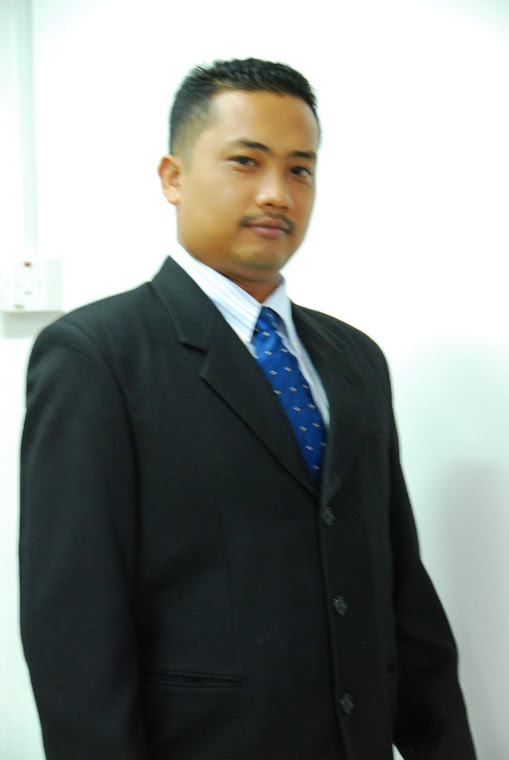Tuckman's – Forming, Storming, Norming & Performing Four-stage model
The progression is:
-Forming
-Storming
-Norming
-Performing
Here are the features of each phase:
Forming - stage 1
High dependence on leader for guidance and direction. Little agreement on team aims other than received from leader. Individual roles and responsibilities are unclear. Leader must be prepared to answer lots of questions about the team's purpose, objectives and external relationships. Processes are often ignored. Members test tolerance of system and leader. Leader directs (similar to Situational Leadership® 'Telling' mode).
Storming - stage 2
Decisions don't come easily within group. Team members vie for position as they attempt to establish themselves in relation to other team members and the leader, who might receive challenges from team members. Clarity of purpose increases but plenty of uncertainties persist. Cliques and factions form and there may be power struggles. The team needs to be focused on its goals to avoid becoming distracted by relationships and emotional issues. Compromises may be required to enable progress. Leader coaches (similar to Situational Leadership® 'Selling' mode).
Norming - stage 3
Agreement and consensus is largely forms among team, who respond well to facilitation by leader. Roles and responsibilities are clear and accepted. Big decisions are made by group agreement. Smaller decisions may be delegated to individuals or small teams within group. Commitment and unity is strong. The team may engage in fun and social activities. The team discusses and develops its processes and working style. There is general respect for the leader and some of leadership is more shared by the team. Leader facilitates and enables (similar to the Situational Leadership® 'Participating' mode).
Performing - stage 4
The team is more strategically aware; the team knows clearly why it is doing what it is doing. The team has a shared vision and is able to stand on its own feet with no interference or participation from the leader. There is a focus on over-achieving goals, and the team makes most of the decisions against criteria agreed with the leader. The team has a high degree of autonomy. Disagreements occur but now they are resolved within the team positively and necessary changes to processes and structure are made by the team. The team is able to work towards achieving the goal, and also to attend to relationship, style and process issues along the way. team members look after each other. The team requires delegated tasks and projects from the leader. The team does not need to be instructed or assisted. Team members might ask for assistance from the leader with personal and interpersonal development. Leader delegates and oversees (similar to the Situational Leadership® 'Delegating' mode).
Tuckman's fifth stage - Adjourning
Bruce Tuckman refined his theory around 1975 and added a fifth stage to the Forming Storming Norming Performing model - he called it adjourning, which is also referred to as Deforming and Mourning. Adjourning is arguably more of an adjunct to the original four stage model rather than an extension - it views the group from a perspective beyond the purpose of the first four stages. The Adjourning phase is certainly very relevant to the people in the group and their well-being, but not to the main task of managing and developing a team, which is clearly central to the original four stages.
Adjourning - stage 5
Tuckman's fifth stage, adjourning, is the break-up of the group, hopefully when the task is completed successfully, its purpose fulfilled; everyone can move on to new things, feeling good about what's been achieved. From an organizational perspective, recognition of and sensitivity to people's vulnerabilities in Tuckman's fifth stage is helpful, particularly if members of the group have been closely bonded and feel a sense of insecurity or threat from this change. Feelings of insecurity would be natural for people with high 'steadiness' attributes (as regards the 'four temperaments' or DISC model) and with strong routine and empathy style (as regards the Benziger thinking styles model, right and left basal brain dominance).
Regards,
Global ISO Team

Nice Article! Outdoor team building activities for employees can help build team spirit and also help with your employees work life as well as their personal life by creating stronger relationships which is key to happy employees.
ReplyDelete